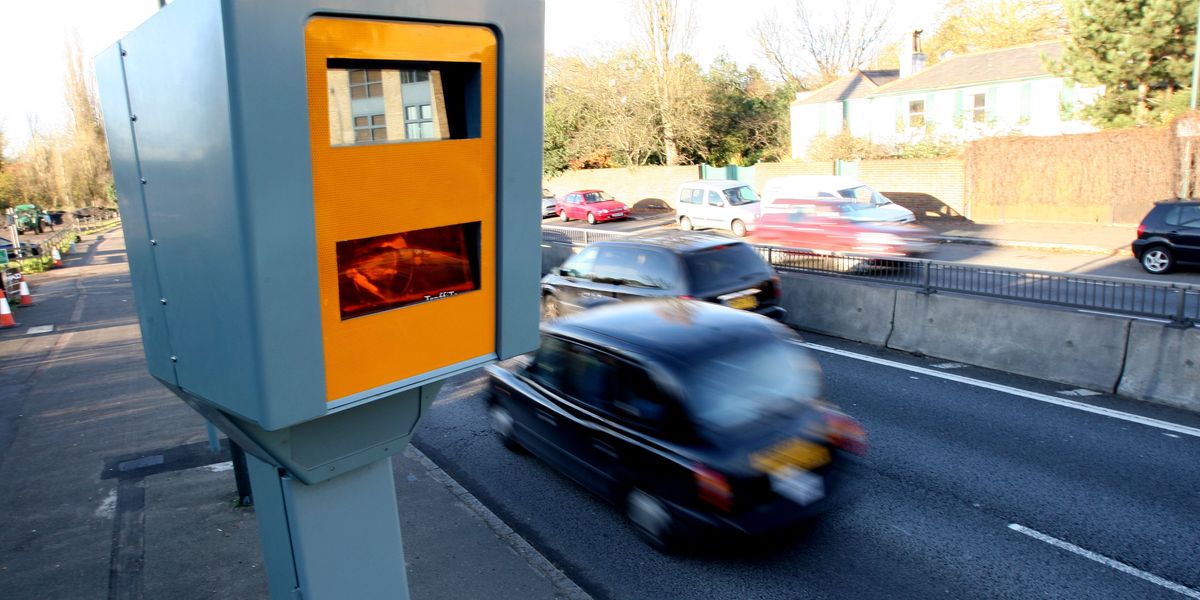The New Year’s fireworks might be over, but another dazzling display is set to light up the sky this evening.
Tonight, the Quadrantids Meteor Shower will reach its dazzling peak – and you won’t want to miss it.
The first celestial display of 2025 will unleash up to 80 shooting stars every hour at its peak.
Known for bright ‘fireball’ meteors with a striking blue colour, this makes it one of the year’s most spectacular events.
While shooting stars will be visible until January 12, the best time to see the shower will be from sunset tonight into the early hours of tomorrow.
With the moon less than half full, keen sky-watchers should be treated to dark skies that make it easy to see the incoming meteors.
However, Dr Robert Massey, deputy director of the Royal Astronomical Society, warns that the Quadrantids have a ‘really sharp peak over a few hours.’
Here’s what you need to know to ensure you can get the best view of the year’s first meteor shower.
The Quadrantids Meteor Shower, pictured here over Half Moon Bay in California in 2024, will reach its dazzling peak this evening, with up to 80 meteors per hour lighting up the sky
How to see the Quadrantids Meteor Shower
The Quadrantids Meteor Shower will reach its peak from 15:00 to 16:00 GMT today.
With the sun due to set just after 16:00 this evening, many UK stargazers are likely to miss the shower at its most active.
In a video explaining how to see tonight’s event, Dr Massey says: ‘They have a pretty strong intensity if you happen to be in the right place at the right time.
‘If you’re on the west coast of the US, or in the Pacific region, you could see maybe 70 or 80 an hour. If you’re in the UK you’re going to see somewhat fewer than that. But it’s still a strong shower.’
Although most meteors from the Quadrantids aren’t that bright, the shower does contain an exceptionally high number of ‘fireballs’.
Dr Massey says: ‘A fireball is a dramatic sounding thing but what it really means is a really bright meteor. The Quadrantids is a meteor shower which produces that kind of event.
‘So for that reason alone, if you have the time to look out and the weather is good, then do take a look because it’s a perfect New Year treat.’

The Quadrantids Meteor Shower, pictured over China in 2019, will reach its peak between 15:00 and 16:00 GMT but will remain at a high level of activity through this evening into the early hours of tomorrow
To see them in the UK, look Northeast towards the Big Dipper constellation.
The Quadrantids’ radiant – the point where the meteors appear to emerge from – is the now-defunct constellation of Quadrans Muralis.
Although astronomers made the decision to stop officially recognising this constellation in 1922, it still lends its name to the shower.
The shower’s radiant is now contained in the region of the Boötes, or Herdsman, constellation.
To spot this, look down towards the horizon from the handle of the Big Dipper until you see a rough diamond containing the star Arcturus – one of the brightest stars in the sky.
If you can’t find Boötes there’s no reason to worry since the meteors can appear anywhere in the sky.
For the best views, head somewhere dark away from light pollution with a big, open view of the sky.
Give yourself at least 20 minutes for your eyes to adjust to the darkness and then keep your focus on the sky.

To see the meteor shower tonight, look Northeast around midnight. The meteors radiant, the point from which they appear to emerge, will be just below the Big Dipper within the Boötes, or Herdsman, constellation
Although the Quadrantids will be at their peak, there can still be a bit of a wait between meteors so patience will be key.
Lying down on a blanket or sitting in a camping chair can help you save your neck from strain while you wait.
But with temperatures dropping to freezing in some parts of the UK, be sure to wrap up warm if you plan on spending time outside.
Luckily, experts say that tonight’s conditions should offer some great opportunities to see some stunning fireballs.
Dr Massey says: ‘The great advantage this year is that the Moon isn’t interfering with it, so you haven’t got a Full Moon in the sky – it’s a very thin crescent – [which] means the light will not be a big problem.’
However, the weather forecast for some areas does not look quite as promising.
While the UK looks fairly certain to stay dry this evening, the Met Office predicts fairly heavy cloud cover over most of England.
Additionally, yellow weather warnings for ice are in place over western Wales and parts of Scotland.


While the UK will remain largely dry (left) by midnight tonight, there is heavy cloud cover (right) forecast over much of England and Wales which could make it difficult to see many meteors
Going into Saturday there are yellow snow and ice warnings covering most of England so be sure to check your local forecast before heading out stargazing.
What are the Quadrantids?
The Quadrantids, like all meteor showers, are triggered by the Earth moving through a field of debris in space.
As the planet sweeps up a cloud of scattered rock, these particles burn up in our atmosphere and the glow of superheated gases can be seen as a shooting star.
What makes the Quadrantids special is that they are associated with a near-Earth asteroid called 2003 EH1 rather than a comet like most other showers.
Scientists now believe that this asteroid may be an ‘extinct’ comet which has been stripped of most of its ice.
This means that it doesn’t produce a bright tail when it approaches the sun or leave any more debris in its wake.
Dr Massey says: ‘But more than 500 years ago there was a comet seen by the Chinese and it may be connected with that.

The Quadrantids originate from an ‘extinct’ comet called 2003 EH1. The high levels of magnesium and other metals in the debris from this rocky body can give the meteors a blue flash. Pictured: A fireball from the Quadrantids Meteor Shower over Shandong, China
‘It may be that this comet was once active [but] has left a lot of debris in orbit around the solar system which the Earth runs into once a year.’
Additionally, it is the specific makeup of this rocky body which gives the Quadrantid meteors their unique appearance.
Unlike most shooting stars which produce plain white light, the Quadrantids can flash with a bright blue colour.
Dr Shyam Balaji, a cosmologist from King’s College London, says: ‘This blue colour is due to the high velocity of the meteors, about 41 kilometres per second, and the presence of certain elements like magnesium and iron in the meteoroids, which emit blue light when they burn up in the Earth’s atmosphere.’













